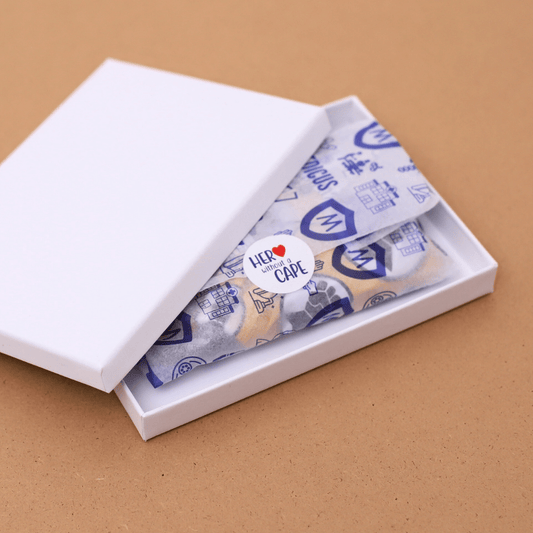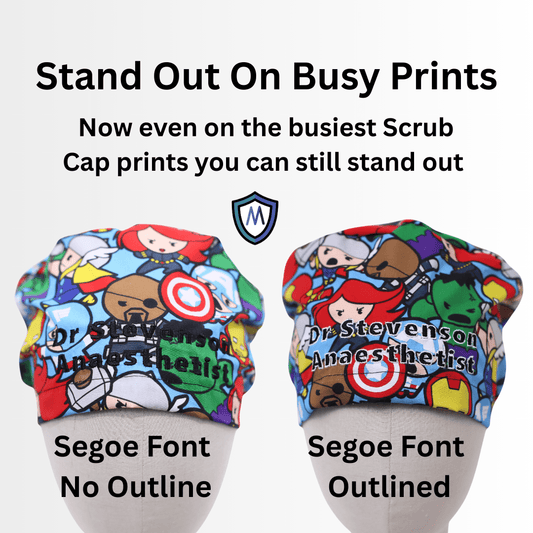
The Real Value of Reusables: It's All in the Reuse
The Real Value of Reusables
Sustainability and eco-friendliness are hot topics today, and one solution that people often discuss is The Real Value of Reusables items. However, their benefits only become real if we actively reuse them.
The Impact of Reusables
It's easy to think that purchasing a reusable item is enough. But a reusable water bottle sitting on a shelf or a tote bag tucked in a closet won't help the environment. The real impact happens when we use these items consistently, rather than relying on disposable ones.
For more insights into reusables and their environmental impact, check out resources from the Environmental Protection Agency (EPA) on sustainability. The Ellen MacArthur Foundation also provides valuable information on how the circular economy supports reusables, reduces waste, and promotes sustainability.
The Life Cycle of Reusables
Take the example of a reusable coffee cup. It may require more resources to produce than a disposable one, but if we use it frequently, we can offset its environmental impact. A reusable cup needs to be used 15 to 20 times to match the carbon footprint of a single-use cup. If we only use it once or twice, its environmental impact could be worse than that of a disposable cup.
This illustrates the 'life cycle' of products. Every product goes through production, use, and disposal stages, each contributing to environmental costs. While reusable items may require more resources during production, they can make up for it in the use stage if we use them frequently.
Maximizing the Value of Reusables
The same principle applies to other reusable items, like shopping bags and food containers. The key is consistent, long-term use. If we buy these items but forget to use them, we waste both money and the resources that went into making them.
Practical Tips for Reusing
To maximize the value of your reusable items, try these strategies:
-
Keep them in convenient locations: Store reusable shopping bags in your car or near your front door to remind you to take them when you go shopping. Keep your reusable water bottle or coffee cup at your desk or in your bag for easy access.
-
Care for them properly: Many reusable items need specific care to last longer. Clean them properly and store them in a way that prevents damage.
-
Use them until they can't be used anymore: A well-cared-for reusable item can last for years. Keep using it until it’s no longer functional, and only then think about replacing it.
The Power of Reusable Items
Reusables can significantly reduce waste and environmental impact, but it’s up to us to make that potential a reality. Remember, the power of reusable items lies not just in owning them, but in using them. As the saying goes, "actions speak louder than words"—or in this case, louder than purchases. So, let’s make our actions count and truly reuse our reusables.
References: The Real Value of Reusables
-
The UK government states that the UK uses 10,000 single-use coffee cups every two minutes. Most of these cups can’t be processed efficiently by paper recycling mills due to their thin plastic lining. They are also typically made from virgin tree fibers, not recycled paper.
-
**Reusable cups **make up less than 5% of coffee shop sales. While they’re becoming more popular and many coffee shops offer discounts to customers who bring their own cups, it's not always convenient to remember them. Additionally, a reusable cup needs to be used between 20 and 100 times to offset its higher greenhouse gas emissions compared to a disposable cup.
-
The technology to recycle disposable coffee cups exists. It involves separating the plastic lining from the paper fibers. Three plants in the UK can recycle over 4.5 billion cups annually, well above the 2.5 billion estimated to be consumed in the country each year.
-
Recycling isn’t perfect, though. It consumes a lot of energy, generates greenhouse gas emissions from transportation, and can be inefficient due to contamination from incorrect disposal. In some areas, it may be better to send used cups to a local energy-for-waste plant rather than transport them long distances for recycling.





